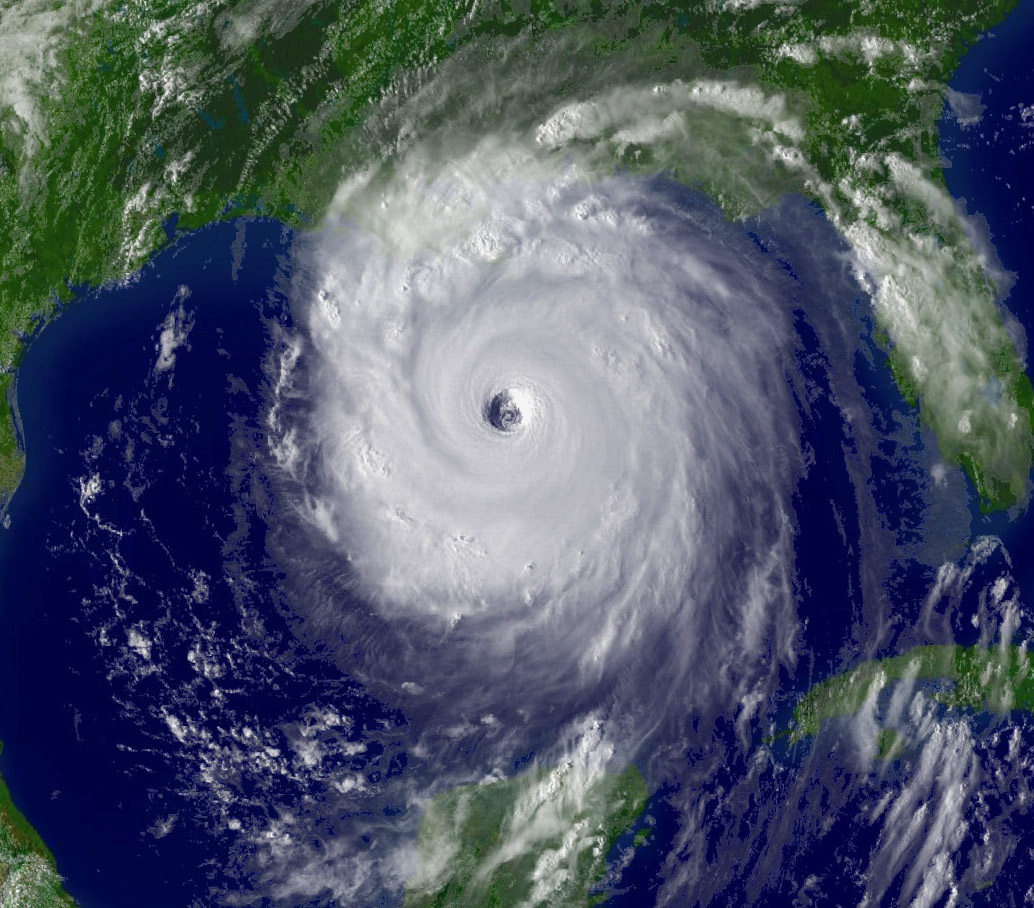May 31, 2017
NOAA Cut 16% in President Trump’s Budget Request
Posted by cbunge
NOAA’s topline budget received a 16% cut in President Trump’s budget request, aligning with previous messaging around his skinny budget that was released in March.
Cuts to NOAA Research and Education
NOAA’s Oceanic and Atmospheric Research (OAR) saw the largest percentage cut in the proposal, with a decrease of 32%. Within OAR, NOAA’s Climate Research program received a 19% cut. Within the Climate Research program, the budget called for the elimination of Arctic Research, which would affect sea ice modeling and predictions that support the safety of fishermen, commercial shippers, cruise ships, and local communities.
Additionally, the Administration proposed the elimination of the Sea Grant Program, which provides research opportunities and partnerships with 33 universities. Finally, the president’s budget called for the elimination of NOAA’s Office of Education, which provides scholarships, grants, educational opportunity, and professional development to students and science educators.
NOAA Satellites Receive an 18% Cut
Also of note was an 18% cut in NOAA’s Satellite Division, NESDIS. Some of that is due to planned reductions as programs ramp down, such as the GOES-R satellite series. However, NOAA’s new generation of polar orbiting satellites received substantial cuts that were not planned. The JPSS-1 satellite is set to launch in September 2017, followed by JPSS-2 and the Polar Follow On (JPSS-3 and 4). While the PFO received $329 million in the FY17 omnibus, and was projected to require $586 million in FY18, President Trump’s FY18 request was only for $180 million. Additionally, projections for the next 4 years were shown as “TBD” in the President’s budget.
Also in NESDIS, the President’s budget called for decreases for NOAA’s plans to replace its Deep Space Climate Observatory (DSCOVR). The FY17 omnibus called for initiating a Space Weather Follow-on for two satellites following DSCOVR, and allocated $5 million for this initiative. In the FY17 bill, Congress projected that the Space Weather Follow-on receive $53.7 million in FY18. However, the administration has proposed only $500,000 for the follow-on program in FY18. This is especially notable because the Senate just passed the bipartisan Space Weather Research and Forecasting Act, with the goal of improving space weather forecasting.
 National Ocean Service Cut by 26%
National Ocean Service Cut by 26%
The President’s Budget request calls for a staggering 26% cut to the National Ocean Service. This includes zeroing out of $75 million in Coastal Management Grants, $23 million in the National Estuarine Research Reserve Service (NERRS), and $9 million in competitive grants to academic institutions for ecological research. Coastal Management Grants help to provide states with coastal planning, habitat conservation and restoration, protection of life and property from coastal hazards, and enhancement of public access to the coast for recreation. Under the budget proposal, NOAA’s role will be in supporting implementation of state plans, supporting federal reviews, and providing technical assistance. The NERRS is a network of 29 state-managed coastal sites designated to protect and study estuarine systems. Under this proposal, the budget offers the service to states who can provide their own funding. For competitive research, the budget claims that NOAA will be able to continue its related intramural research program that addresses coastal issues by bringing together academic institutions, businesses and government laboratories.
National Weather Service Cut by 6%
The budget requested $1.058 billion for the National Weather Service, down 6% from 2017. President Trump’s budget request would cut $5 million from NOAA’s next-generation weather model, which would slow the implementation of advanced modeling techniques into forecasts. Also of note – the budget calls for cutting $5 million by terminating efforts for the agency to improve forecasting from 16 days to 30 days out. However, this initiative was a priority of the recent weather bill passed by Congress and signed into law by President Trump.
For more, see the NOAA budget highlights and full budget request here.


